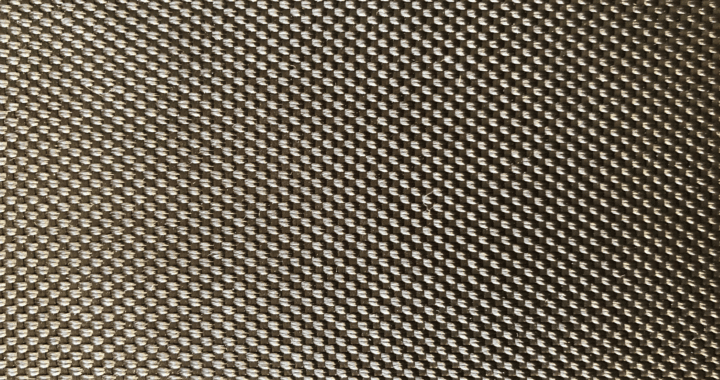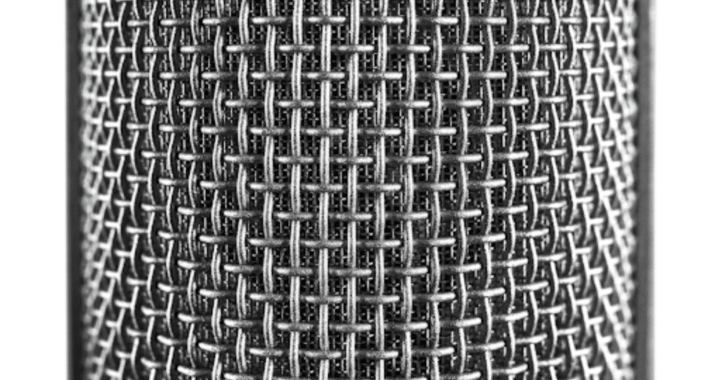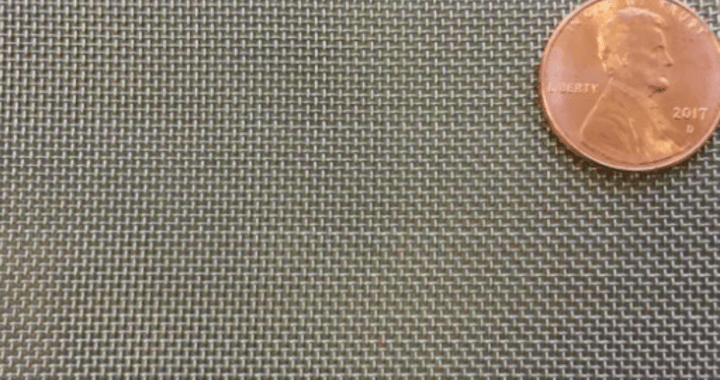Sintered wire mesh is a versatile material used for various applications in different industries. One of the material’s greatest strengths is its alloy choices which can offer advantages in its use. For instance, corrosion resistance is one of the most beneficial characteristics of sintered wire mesh. When it comes to shopping for a suitable material for your application, taking special notice of the alloy can help you choose the best material to make your project last. Use this guide to give you a leg up on finding the right corrosion-resistant sintered metal for your job.
Why does corrosion resistance matter?
If you’re new to using sintered metals or sintered wire mesh, you may be asking yourself, why does corrosion resistance matter? At the core, choosing materials that are corrosion-resistant assures that you’re choosing a building medium that can outlast many of the elements your structure may come in contact with. Metals that are corrosion-resistant have the ability to prevent environmental deterioration by both chemical and electrochemical reactions. Corrosion can be caused by things like ash, salt, oxidation, temperature, water and more.
Now that you know why corrosion resistance is a characteristic worth paying attention to, let’s compare some of the more common alloys chosen for corrosion resistance.
HASTELLOY C-22 Sintered Wire Mesh
Hastelloy C-22 is a sintered wire mesh well-known for its corrosion resistance. A nickel-based alloy, Hastelloy C-22 consists of 56% high nickel, 22% chromium, and 13% molybdenum. With high percentages of nickel and chromium (austenitic alloys), this material is considered very resistant to corrosion.
As with all the materials in this article, C-22 has certain applications it is best used for. For instance, Hastelloy C-22 provides outstanding resistance in static or running marine water for ballast water management and other seawater filtration applications and resists attack in oxidizing and reducing conditions as well as aqueous solutions. Sintered square wire mesh applications often use C-22. These applications include many types of chemical processes including wet chlorine, combined oxidizing acids such as nitric acid, formic acid, acetic acid, ferric and cupric chlorides, and other chemical conditions.
Hastelloy C-22 can be found in a variety of industries from pharmaceutical laboratories to pressure vessels and components. C-22 is proven for manufacturing pressure vessels and components following ASME Boiler and Pressure Vessel Code Section VIII, Division 1 for application temperatures up to 1250oF/677oC. It is also widely used when creating Nutsche filter dryers.
SS904L Sintered Wire Mesh
Another excellent choice in corrosion-resistant material is 904L stainless steel sintered wire mesh. This option is a non-stabilized low carbon high alloy austenitic stainless steel. Its combination of high chromium and nickel content, coupled with additions of molybdenum and copper, gives it increased resistance to strong reducing acids (particularly sulphuric acid), chloride attack pitting, crevice corrosion, and stress corrosion cracking. In all conditions, SS904L sintered wire mesh is non-magnetic and offers good weldability and formability.
The typical Pitting Resistance Equivalent Number (PREN) for SS904L is around 34, whereas a typical PREN for SS316L is around 23. 904L is also a material used for ballast water management in large sea vessels, in addition to other applications like oil wells and filtration needs requiring higher corrosion resistance. Lawrence Sintered Metals typically offers SS904L as sintered wire mesh filters, either in flat sheets or rolled and welded into cylindrical filters. These sheets can be composed of either multi-layer sintered laminates with wire mesh or multi-layer sintered laminates composed of wire mesh diffusion bonded to perforated metal for increased mechanical strength and abrasion resistance.
SS316L Sintered Wire Mesh
There is one last sintered wire mesh alloy worth talking about in comparison to Hastelloy C-22 and SS904L. That alloy is 316L stainless steel. Used at temperatures up to 1600°F, 316L stainless steel sintered wire mesh is a very low carbon stainless steel containing molybdenum for superior corrosion resistance. 316L stainless steel is an austenitic alloy commonly known as “marine grade stainless steel” because it can be used for an assortment of marine applications, like ballast water management, however in recent years, many have opted to use SS904L for these applications instead due to the rising need of operational compliance.
Despite this recent shift, 316L sintered wire mesh still remains a top seller for a variety of applications, including wire mesh screens for chemical and food processing, in addition to refining involved in many industries. It is important to note that 316L stainless steel wire mesh screen is nonmagnetic, except when cold worked.
Lawrence Sintered Metals: A Trusted Source for Sintered Wire Mesh
When it comes to your sintered wire mesh applications, finding the right product is a must. The trusted professionals at Lawrence Sintered Metals can guide you to the material needed to meet your exact specifications. There are many options available for corrosion-resistant materials, and knowing the advantages and disadvantages of each can be extremely valuable.
If you’re looking for corrosion-resistant sintered wire mesh for your next job, contact us today! We’re happy to help you find what you need and offer competitive pricing that doesn’t break the bank.




